Best Underwear For Autistic Children And Simple Potty Training Tips
In this post you will read about the Best Underwear For Autistic Children And Simple Potty Training Tips.
As a mom to an autistic child who wasn’t potty trained until he was six, I know firsthand the challenges parents face when it comes to clothing—especially underwear and potty training.
Finding comfortable underwear for children with autism spectrum disorder (ASD) and sensory processing disorder (SPD) can feel like an uphill battle.
Sensory issues are real, and uncomfortable clothes can trigger meltdowns or simply make daily life harder than it needs to be.
In this article, I’ll share what I’ve learned through my own parenting journey, along with tips, research-backed advice, and some great product recommendations.
Let’s dive it!
This post may contain affiliate links which means I may receive a commission for purchases made through links (at no extra cost for you). As an Amazon Associate I earn from qualifying purchases. Learn more on my Private Policy & Disclaimer page.
Understanding Sensory Issues in Autistic Children
Children on the autism spectrum often deal with sensory sensitivities, making clothes with tags, rough seams, or uncomfortable fabrics unbearable.
These sensory challenges can extend to underwear, which is worn close to the skin all day long.
The wrong choice of underwear can cause sensory overload, leading to discomfort and behavioral reactions.
Why Sensory-Friendly Underwear is Important
For many autistic children, sensory-friendly underwear is a necessity, not a luxury.
These underwear options are designed to minimize discomfort and irritation through features like seamless designs, flat seams, and soft fabrics like organic cotton.
These materials are gentler on sensitive skin and are less likely to cause agitation or anxiety.
According to research from the National Autistic Society, sensory sensitivities are one of the most common challenges faced by children with autism. (Read More)
As a parent, I can confirm this; finding the right clothes that don’t irritate my child’s skin was a huge game-changer in our daily life.
Key Features to Look for in Sensory-Friendly Underwear
1. Organic Cotton and Breathable Fabrics
The first step in finding the right underwear is choosing breathable, soft fabrics like organic cotton or cotton blends.
These fabrics are gentle on sensitive skin and can reduce the chances of irritation.
Breathable fabrics also help regulate body temperature, which is crucial for children who may struggle with sensory overload due to feeling too hot or too cold.
2. Seamless Designs and Flat Seams
Underwear with seamless designs or flat seams is a must for children with sensory challenges.
Regular underwear often has bulky seams that can feel irritating against the skin, leading to frustration or meltdowns.
When I switched my child to seamless undergarments, the difference was night and day. No more complaints about itching or uncomfortable pressure.
3. Tagless and Soft Waistbands
Tags are another common culprit of discomfort.
Tagless underwear eliminates the need for cutting out tags and potentially leaving sharp edges behind.
Look for soft waistbands that don’t dig into your child’s waist—especially if your child is prone to deep pressure needs, as tight waistbands can feel too restrictive.
Best Sensory-Friendly Underwear Brands for Autistic Children
1. Smart Knit Kids Seamless Boxer Briefs
These are a favorite among parents of autistic children.
SmartKnit Kids underwear is truly seamless, tag-free, and made from soft, moisture-wicking materials.
They offer great sensory comfort for kids who experience sensory overload from regular underwear.
2. Hanna Andersson Organic Cotton Underwear
Known for their high-quality organic cotton, Hanna Andersson offers a great option for children with sensitive skin.
The fabric is soft and breathable, and the underwear is designed with flat seams for extra comfort.
3. Super Undies Training Pants
If your child is still working through delayed potty training (as mine did until age 6), Super Undies offers an excellent option.
These training pants are designed to provide extra absorption for children with urinary incontinence or who are not yet fully potty trained. The pants are durable, have moisture-wicking properties, and are gentle on the skin.
4. MooMoo Baby Potty Training Pants
These are a fantastic option for parents looking for comfortable, reliable, and absorbent training pants for their little ones.
Made from 100% cotton, they are soft and gentle on sensitive skin, which is great for kids who struggle with sensory sensitivities or discomfort.
They’re an eco-friendly and cost-effective alternative to disposable pull-ups. Overall, a great pick for toddlers transitioning from diapers to underwear!
5. Lucky & Me Organic Cotton Underwear
Made from soft organic cotton, Lucky & Me is a great choice for kids with sensitive skin. The fabric is gentle, breathable, and doesn’t include any itchy tags.
The flat seams are designed to prevent irritation, and the elastic waistband is soft enough for kids who dislike tight clothing. These come in a variety of colors and patterns, so they can be both practical and fun.
6. Fruit of the Loom Boys’ and Girls’ Underwear
For a more budget-friendly option, Fruit of the Loom’s underwear is a favorite among parents.
While not as soft as organic cotton, the comfortable fabric and wide range of styles make it a good option for children who can tolerate more common fabrics.
They offer tag-free options and have underwear with flat seams, which can be great for kids who are less sensitive but still need some sensory accommodations.
Potty Training Challenges: What Worked for My Son
Potty training can be a significant milestone for any child, but for autistic children—especially those with sensory challenges—it can take longer than usual.
My son didn’t fully potty train until he was six, and we had our fair share of struggles.
Using visual supports, like books and videos on Youtube, helped him understand the process better.
If you’re navigating delayed potty training, training pants like those from Super Undies can be helpful, providing extra protection while still offering the comfort of regular underwear.
Positive reinforcement (using stickers or small rewards) also made a big difference for us, turning a difficult process into one with clear goals and small wins.
Special Considerations for Older Autistic Children
As children grow older, their sensory needs may change, and so do their underwear preferences. Here are a few things to keep in mind for older children:
Boxer Briefs vs. Traditional Briefs
For older kids, boxer briefs may be a better option.
They offer a snug fit that can provide a sense of security, particularly for kids with sensory issues related to deep pressure. Flat seams and moisture-wicking fabrics are still essential features at this age.
Training Pants for Older Kids
If your older child still struggles with incontinence, consider larger training pants like Super Undies Youth Pants. These come in bigger sizes and offer waterproof protection while being more discreet than typical diapers.
Adaptive Clothing Lines: A Good Option for Unique Needs
For some children, including those with conditions like spina bifida or chiari malformation, more specialized clothing may be necessary.
Adaptive clothing lines offer underwear and other clothing designed for children with major issues related to mobility or incontinence.
These lines often include features like side closures for easier access, extra padding, or waterproof layers.
Diapers And Potty Training
If your autistic child is still in diapers at an older age, I want to first say this: you’re not alone, and you’re doing a great job.
As a parent of an autistic child, I know firsthand how challenging and emotionally taxing it can be to navigate delayed potty training or continued diaper use beyond the “typical” age.
It’s important to remind yourself that every child’s development is unique, and this is especially true for children on the autism spectrum.
Understanding the Challenges
For many autistic children, the sensory, communication, and motor challenges that come with autism spectrum disorder (ASD) can contribute to delayed potty training.
Sensory processing disorder (SPD) or sensitivities, communication difficulties, and issues with understanding body signals all play significant roles in the potty training journey for autistic kids.
Some children may also have neurogenic bladder or bowel issues, which can make potty training even more complicated.
This means that patience and persistence are key, and it’s okay if progress is slow or if your child stays in diapers for a longer time than expected.
Diapers for Older Children
“Autism in teens who use diapers is a complex issue that requires understanding, empathy, and support. By challenging stigma, promoting awareness, and providing individualized care, we can create a more inclusive and supportive environment for individuals on the autism spectrum.” (Read More)
If your child is still in diapers or training pants, it’s important to find the right type of diaper for their size and needs.
Many companies offer special needs diapers designed for older children or kids with larger bodies. These diapers offer more absorbency, better fit, and are more discreet, so your child can feel comfortable and confident during the day.
Some popular brands include:
1. Super Undies:
These reusable, waterproof diapers are designed for older children and come in a range of sizes. Many parents report that these are soft and durable, perfect for kids who still need extra protection.
2. Youth Pants by Rearz:
These are great options for children with incontinence, as they come in larger sizes and are designed to be comfortable for extended wear.
3. Huggies Pull-Ups Night-Time Training Pants:
If your child is working on transitioning out of diapers but still needs them overnight, these offer great absorbency.
Additionally, consider using moisture-wicking fabrics for bedding and clothing to help keep your child comfortable throughout the night.
Free Diapers
If your child with autism still needs diapers beyond typical potty-training age, there are several ways to access free diapers.
Many states offer Medicaid waiver programs or Children’s Health Insurance Program (CHIP), which may cover incontinence supplies like diapers for children with special needs.
Additionally, your local disability resource center can offer assistance or connect you with diaper banks that provide free supplies.
Speak with your child’s pediatrician about pediatric incontinence and the possibility of getting diapers, pull-ups, and more free through Medicaid or your insurance. (Read More)
Focus on Your Child’s Unique Journey
It’s easy to get caught up in the idea of where your child “should” be in terms of potty training, especially if you’re comparing your child to neurotypical peers.
However, it’s important to remember that your child’s progress will happen on their own timeline.
If your child is still in diapers, it’s not a reflection of your parenting or their future success. It’s simply part of their developmental path.
Some children with autism may not potty train until they are well into middle school, while others may train sooner.
The important thing is to celebrate the small victories, such as becoming comfortable with the potty or sitting on the toilet for a few seconds.
Even small progress is still progress.
Tips from Parents Who Have Been There
Consult Your Healthcare Team:
If you’re struggling with potty training, talk to your child’s doctor. They can offer helpful strategies, monitor for any underlying medical conditions, and ensure you’re on the right track.
Your child’s occupational therapist may also have some helpful tips and tricks.
Practice Mindfulness And Patience:
Potty training is a process.
Try to stay patient with your child and yourself. Many children on the autism spectrum face sensory overload, so keeping a calm, predictable environment is important.
Stay Flexible:
Some days will be better than others.
There will be setbacks, and that’s okay.
Stay flexible and adjust your approach when necessary. As you’ve likely experienced, rigidity can add to stress for both you and your child.
Use Waterproof Mattress Covers:
If nighttime accidents are common, waterproof bedding can help minimize cleanup and protect your child’s mattress. This way, you can focus on the progress they’re making without stressing about the mess.
For example: SafeRest Twin Size Classic Plus 100% Waterproof Mattress Protector – Vinyl Free.
Book Suggestions For Kids
Perfect for parents looking to ease the transition:
1. “Potty” by Leslie Patricelli
This simple and humorous book is perfect for toddlers. The fun illustrations and easy-to-understand language make it engaging for little ones.
It’s one of the go-to books for introducing the concept of using the potty in a lighthearted way.
2. “Big Girl Panties” by Fran Manushkin
Specifically for little girls, this book helps girls understand the transition to “big girl” underwear. The rhyming and vibrant illustrations keep toddlers entertained.
3. “Dino Potty: Learn to Potty with Dino” by Sara Conway
Perfect for little dinosaur lovers, this fun, colorful book helps teach children about potty training through the adventures of Dino. Perfect if your son/daughter loves dinosaurs!
4. “P is for Potty!” (Sesame Street) by Naomi Kleinberg
Featuring the beloved characters of Sesame Street, this lift-the-flap book engages toddlers as they learn about using the potty.
5. “Everybody Potties” by Cheri Vogel
With its playful rhymes and diverse illustrations, this book teaches toddlers that everyone has to go to the potty, making the experience feel less intimidating.
6. “Daniel Tiger’s Neighborhood: Daniel Goes to the Potty” by Maggie Testa
Based on the hit PBS show Daniel Tiger’s Neighborhood, this book teaches potty training using the familiar and comforting character of Daniel Tiger.
7. “The Potty Book for Girls” and “The Potty Book for Boys” by Alyssa Satin Capucilli
These gender-specific books offer stories and encouragement tailored for boys and girls as they learn to use the potty.
8. “Where’s the Poop?” by Julie Markes
This adorable lift-the-flap book helps children explore where animals poop in the wild and how toddlers use the potty.
Book Recommendations For Parents
1. “The Potty Journey” by Judith Coucouvanis
A guide specifically designed for parents of children with special needs, including autism.
2. “Toilet Training for Individuals with Autism or Other Developmental Issues” by Maria Wheeler
A step-by-step guide that breaks down strategies for potty training autistic children.
3. “Potty Training in 3 Days” by Brandi Brucks
This book is a practical guide for parents. It offers a straightforward method to potty train your child in just three days, with step-by-step instructions.
4. “Oh Crap! Potty Training: Everything Modern Parents Need to Know” by Jamie Glowacki
This is more of a guide for parents than for kids, but it’s a bestseller for a reason. Jamie Glowacki breaks down the potty training process with humor and practicality, providing a comprehensive method for parents.
In this post you read about the Best Underwear For Autistic Children And Simple Potty Training Tips.
To Summarize
Finding the best underwear for your autistic child can feel like a long process of trial and error.
My advice is to pay attention to what your child responds to.
Sometimes, it’s the little things—like switching to organic cotton or eliminating tags—that make all the difference.
Some kids may not have the words to express their discomfort, but their behaviors—like pulling at their waistband or refusing to wear certain items—can offer valuable clues.
And please DON’T compare your child’s journey.
Mine learned at 6 maybe yours will at 4 or maybe at 7.
Each child is unique.
Connect with medical professionals or your child’s occupational therapist for additional guidance.
Good luck on this journey, and remember, with a little patience and persistence, you’ll find the solution that makes your child feel comfortable and confident.
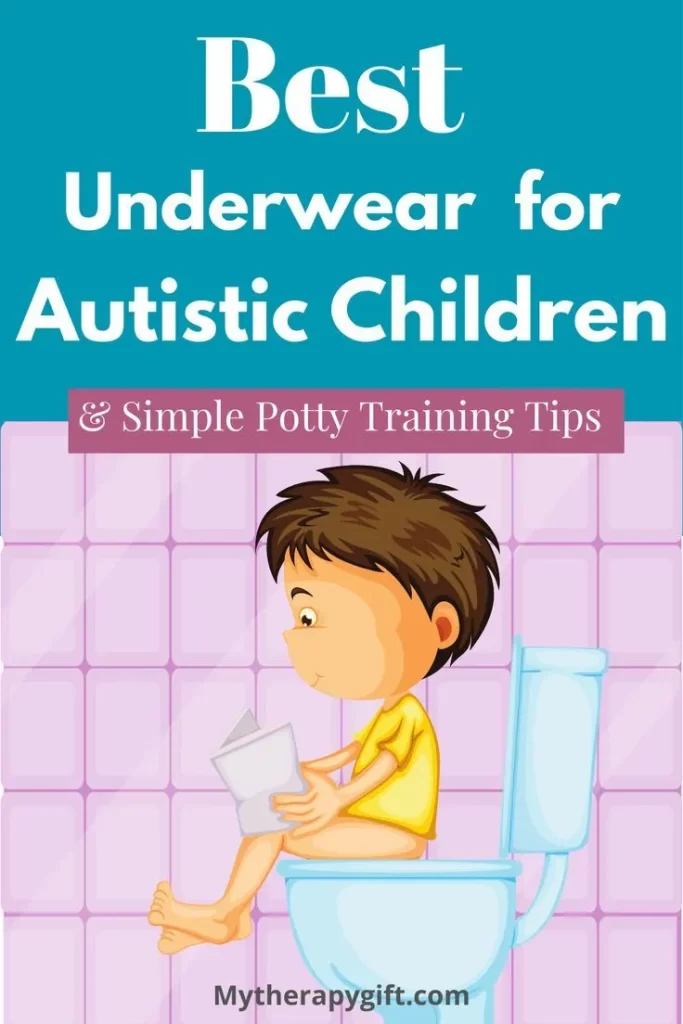
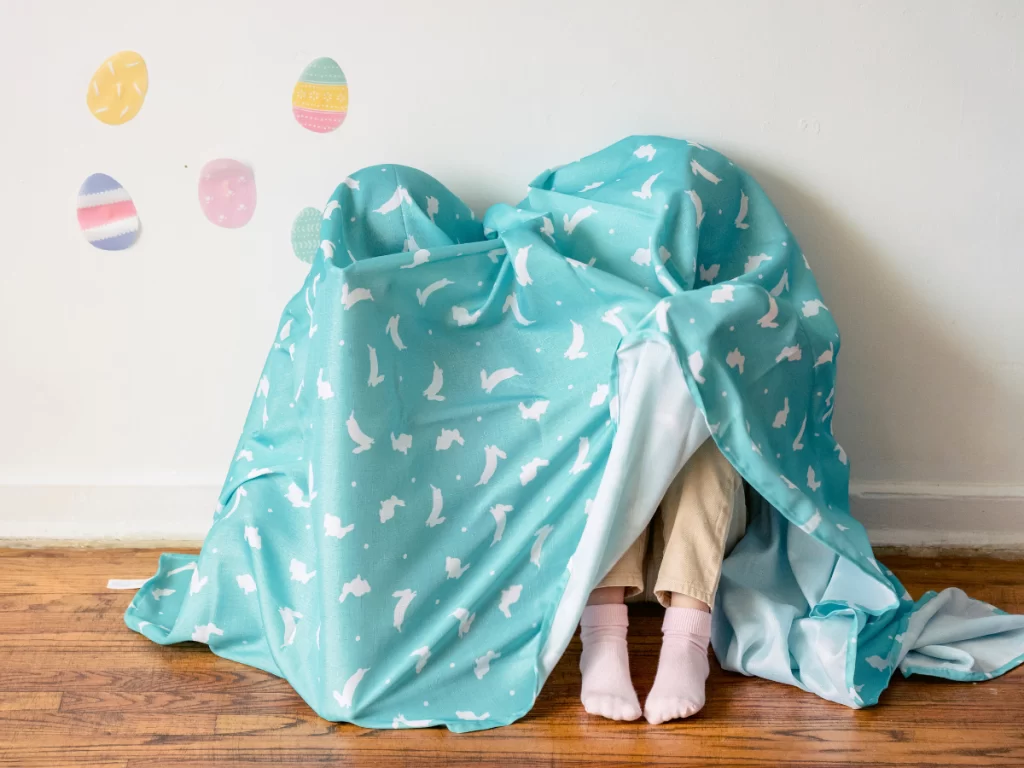
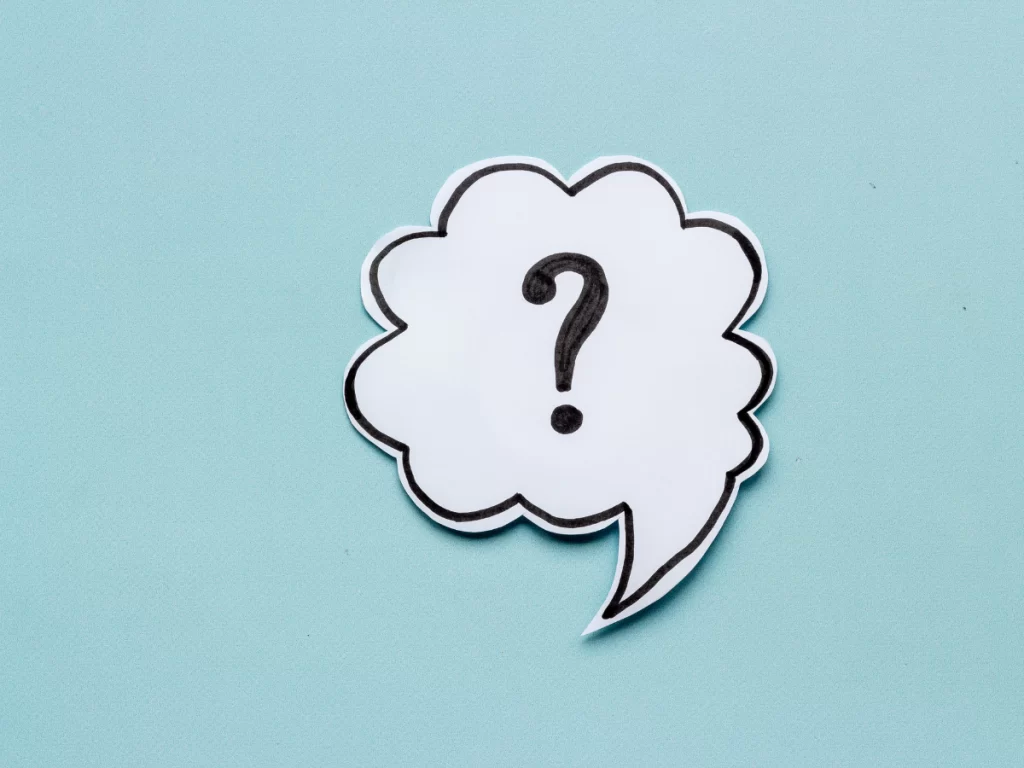
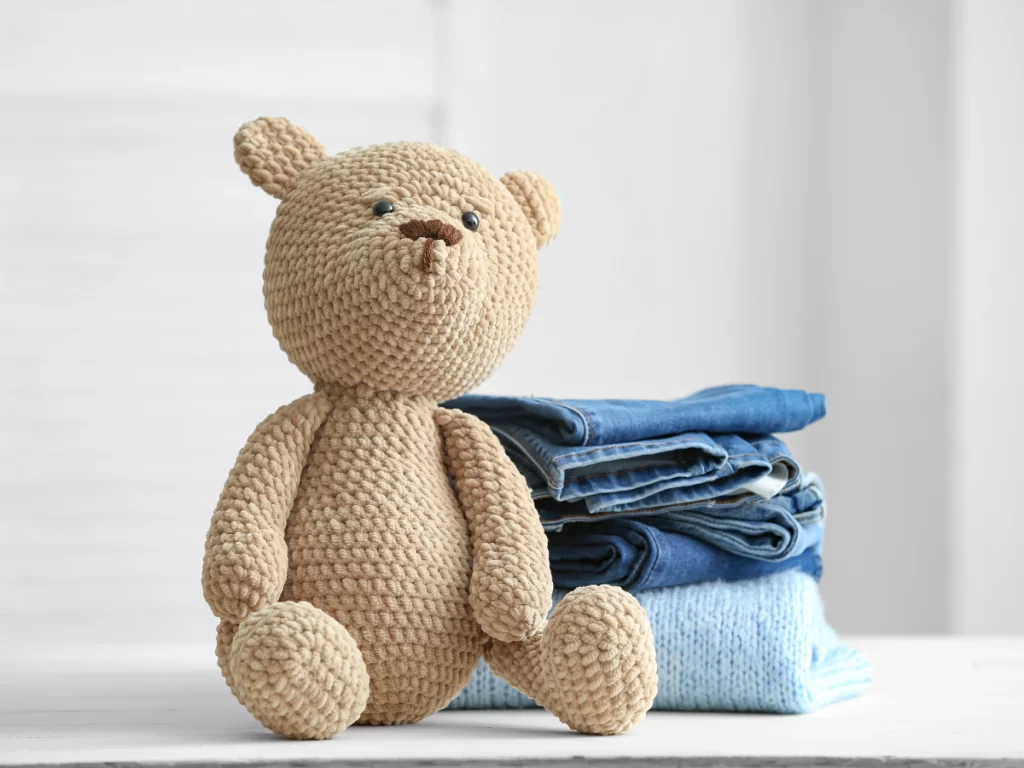
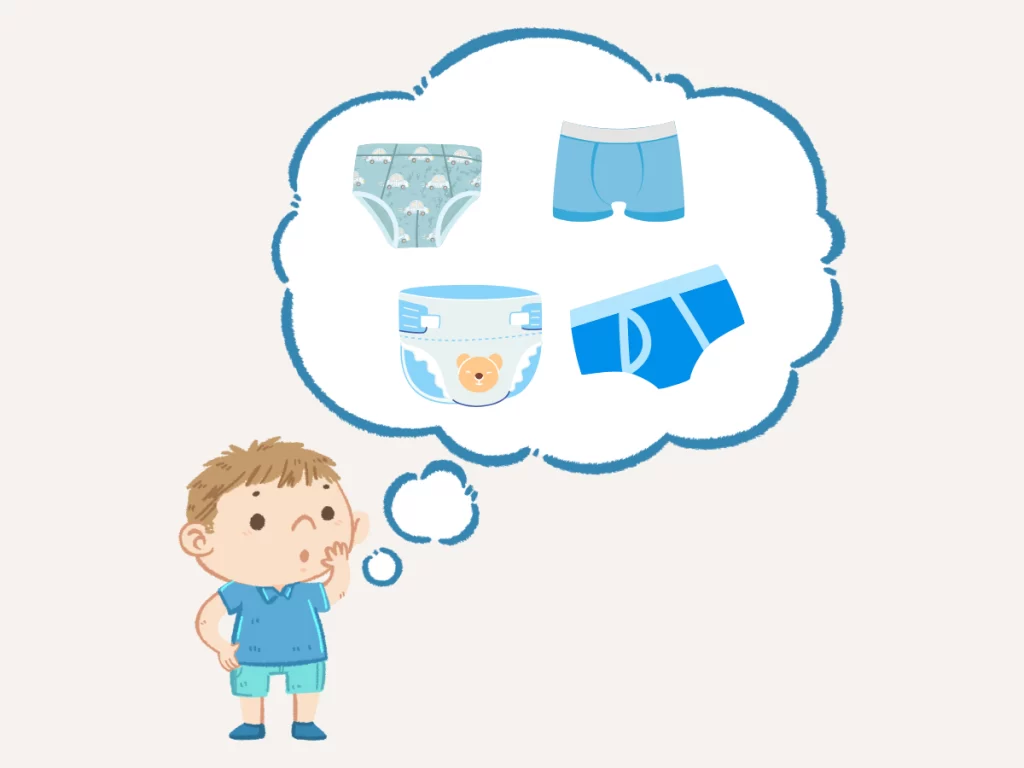
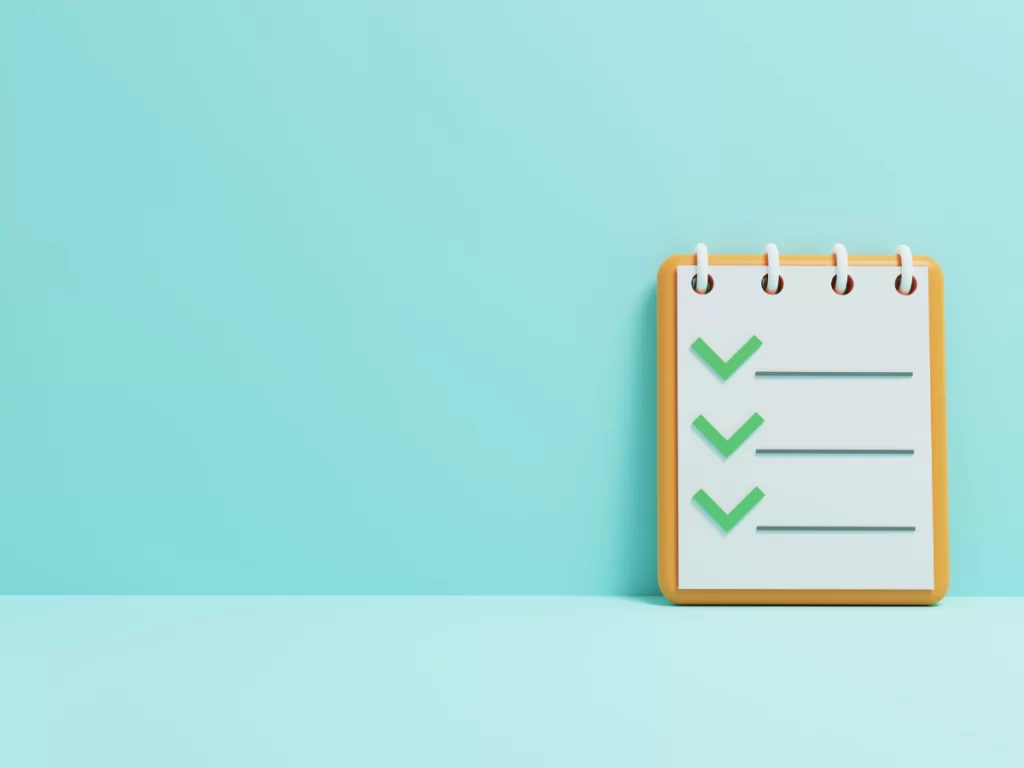

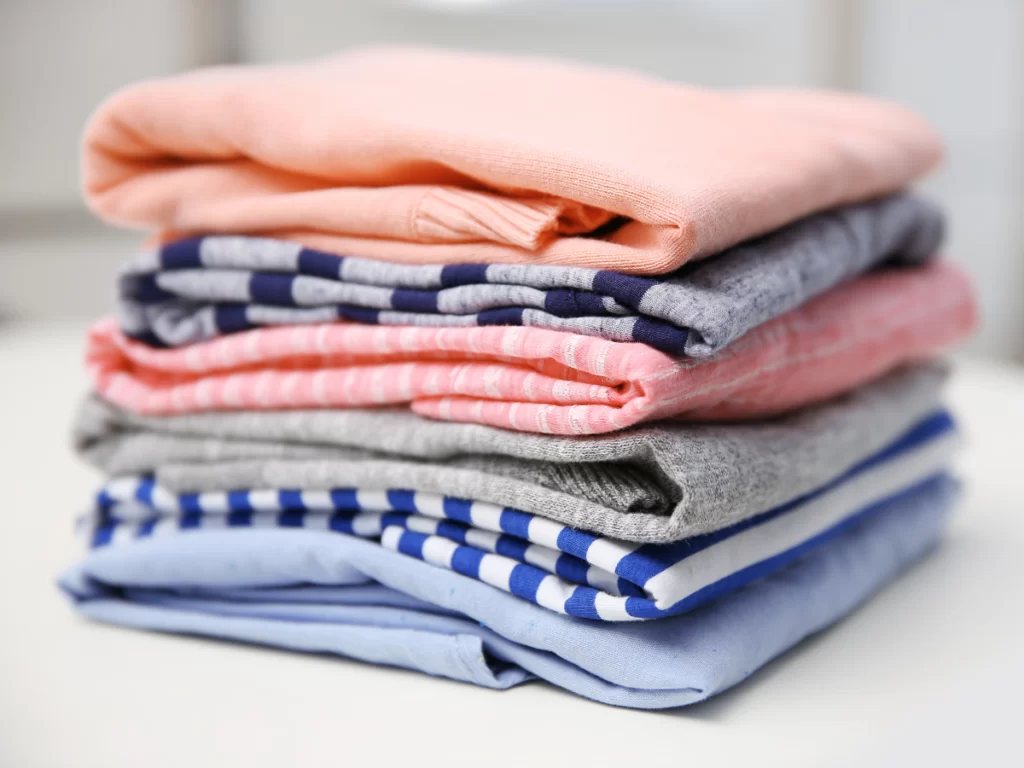
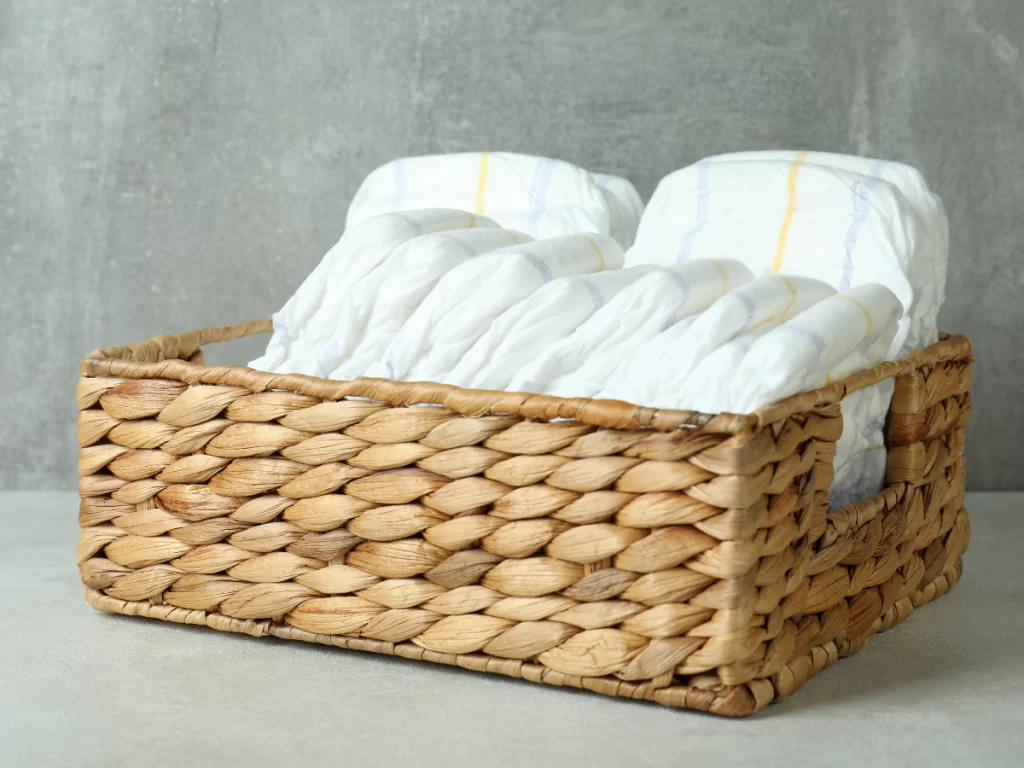
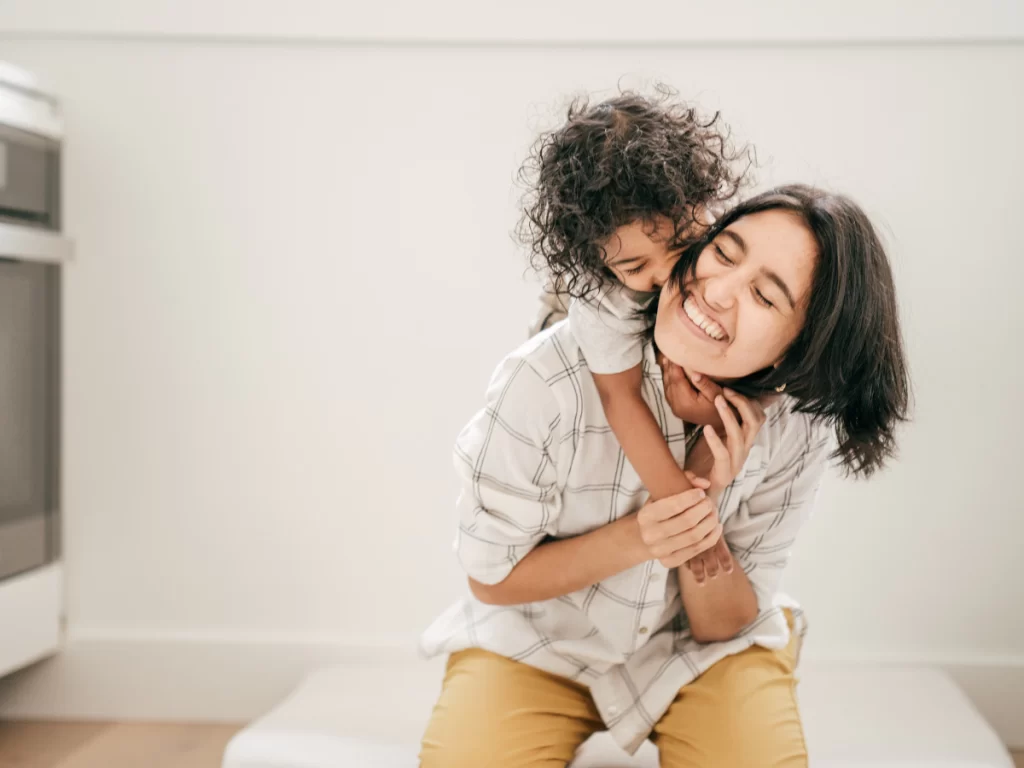

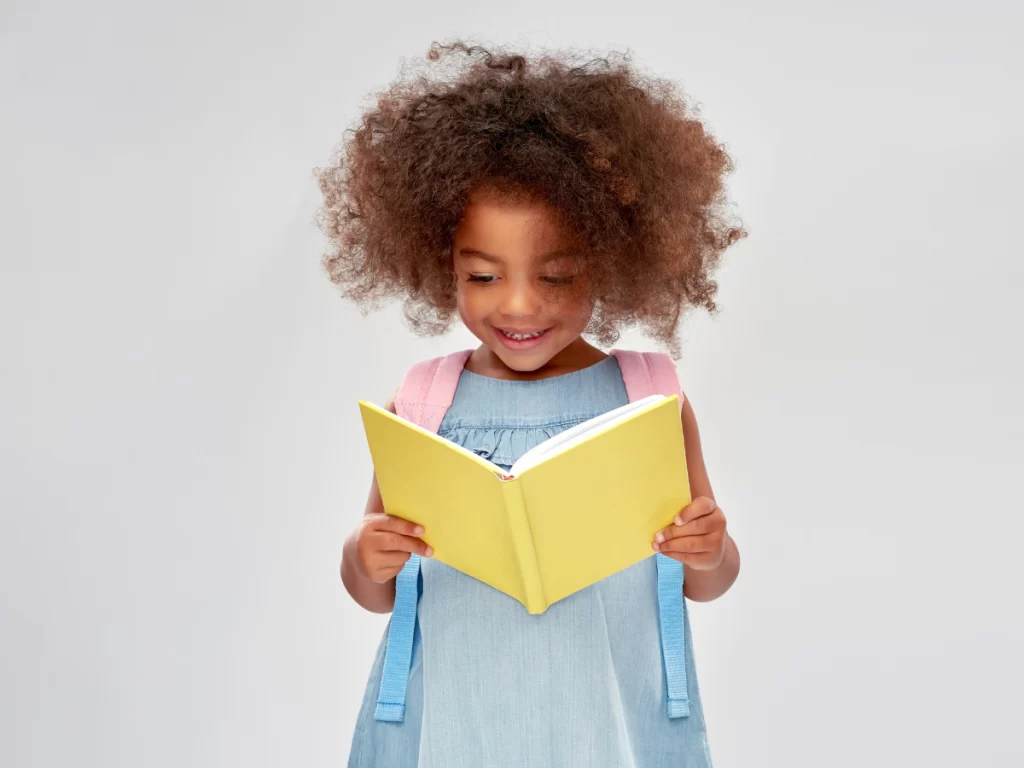

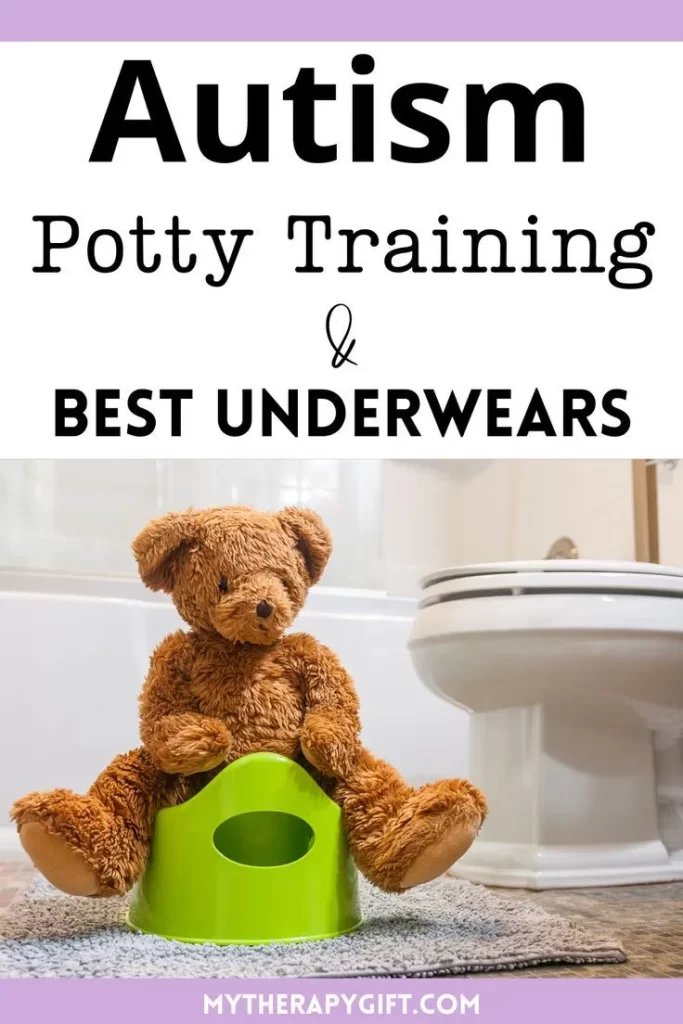
Leave a Reply